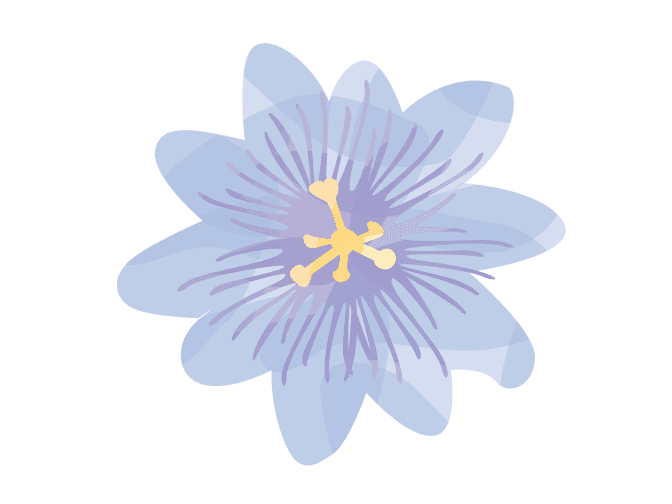Spring is in full bloom, and those beautiful botanicals in your backyard are more than just a pretty face. According to the Journal of Clinical and Aesthetic Dermatology, botanical extracts support the health, texture, and integrity of the skin, hair, and nails — and they’re the single-largest category of additives found in “cosmeceuticals” today.
Practically all of the natural skincare products we offer at Grove — every serum, soap, and shampoo; every conditioner, cream, and cleanser; every mask, mouthwash, and moisturizer — relies on plants to deliver powerful antioxidant, anti-aging, and anti-inflammatory benefits for healthy, glowing skin.
The Ancients understood the power of plants, and they didn’t need modern manufacturing facilities and fancy packaging to make healing preparations for what ailed them — and neither do you! The truth is, you can enjoy the skin-lovin’ benefits of your spring flower garden with a couple of kitchen tools and a few (non-flower) ingredients you may already have on hand.
So, which flowers are best for your skin type? Well, we’ve outlined the benefits of four face-friendly flowers that may be growing in your yard right now.










